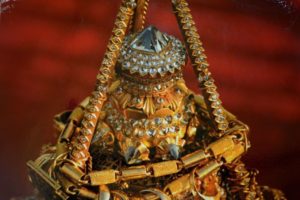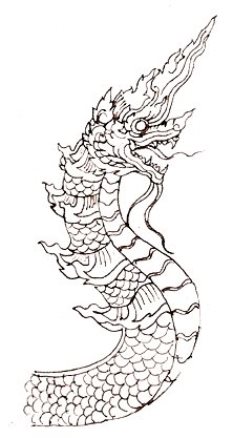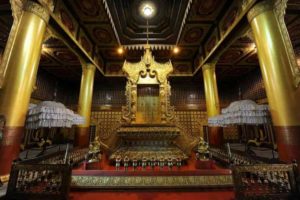
Diamond Orb
According to researchers Sanchi Stups of Bharat, that is India, are the prototypes of modern-day pagoda. Myanmar prototypes Baw Baw Gyi and
Feature tours are the best thoughts for your travel experience in Myanmar. The tours extend the sustainability of local destinations throughout the journey.
Our Small Private Group tours are designed for safety measure and escape
the crowd to see the highlights of Myanmar with enough downtime to relax,
reflect, and soak up the atmosphere.
Multi-day tours are organized into the depths of Myanmar and to see captivating nature, culture, local experiences, and traditions of the people.
ONE DAY TOURS are conducted by the tour guide to explore more about culture, history, community, and local lives for a full-day excursion in Mandalay and around privately.

Myanmar’s ubiquitous nagar is associated with our Teravada Buddhism. It is not a Chinese Dragon adopted by Myanmar people. We have no nagar dance in our tradition. We do not use it as an entertainment. We do not trivialize it. It is not even a votive nagar.
In our Teravada Buddhism we have ten jatakas telling us about the ten earlier lives of Gautama Buddha before he finally became the enlightened one. Those ten jatakas are remembered by their initials, Te, Za, Thu, Nay, Ma, Bu, Tsan, Nar, Wi, Wei. 6th Jataka describes the life and endeavors for the attainment of Buddhahood, enlightenment. His name in the life was “Bhuridatta nagarmin”. He was a nagar.
There is historical evidence of nagar’s antiquity. Nine-hundred-year-old Shwezigon Pagoda of Bagan is the best example of Myanmar architectural magnificence. It is a must for all visitors to Bagan. It has three square terraces, one octagonal and one circular, five terraces in all. Anyone circumambulating the pagoda cannot fail to notice the votive tablets all around the pagoda there are nearly six hundred of them. There are five votive tablets showing nagars in various poses and positions. There is also a wood carving inside the Shwezigon Pagoda precincts depicting a finely chiseled nagar. It shows nagarmin carrying away a tooth relic.
Nagar has many other references. There is a legend of a nagar called Kalanagar who wakes up once every while when a great person attains enlightenment (Buddhahood). Coiled nagar with its hood giving shade to Lord Buddha sitting in a lotus position and meditating is quite a common sight. It is especially seen in the countryside, rural areas.
Most temples and pagodas have, on their south-west corner a planetary post with a figure of a nagar on top of it. More people can be seen meditating and counting beads near that nagar planetary post. Not surprising because nagar corner is under the influence of Planet Saturn, which governs wealth, property, or cash.
Saturday borns are referred to as nagars. They are supposed to be strong-willed personalities. Even first Saturday born son is supposed to bring chaos to the family fortunes bring destruction and even deathlike fire in its wake. An angry stare from a nagar is supposed to start a fire like a powerful blowlamp.
Then there are stories in which nagars assume a human form and marry kings, queens, princes, princesses, and commoners. In stories and tales, there are many different varieties of nagars-some benevolent some malevolent the rest just human with all their weakness and strengths.
Sourced: Myanmar Culture Traditions and Scenery, Mythical Creatures
by U Than Pe, Tour guide

According to researchers Sanchi Stups of Bharat, that is India, are the prototypes of modern-day pagoda. Myanmar prototypes Baw Baw Gyi and

According to researchers betel chewing habit came from majjima desa, that is present Indian subcontinent, along with Buddhism. The habit was certainly

Throne is symbol of royalty. It also embodies sovereignty. It is the seat of power. It passes from sovereign to sovereign. As